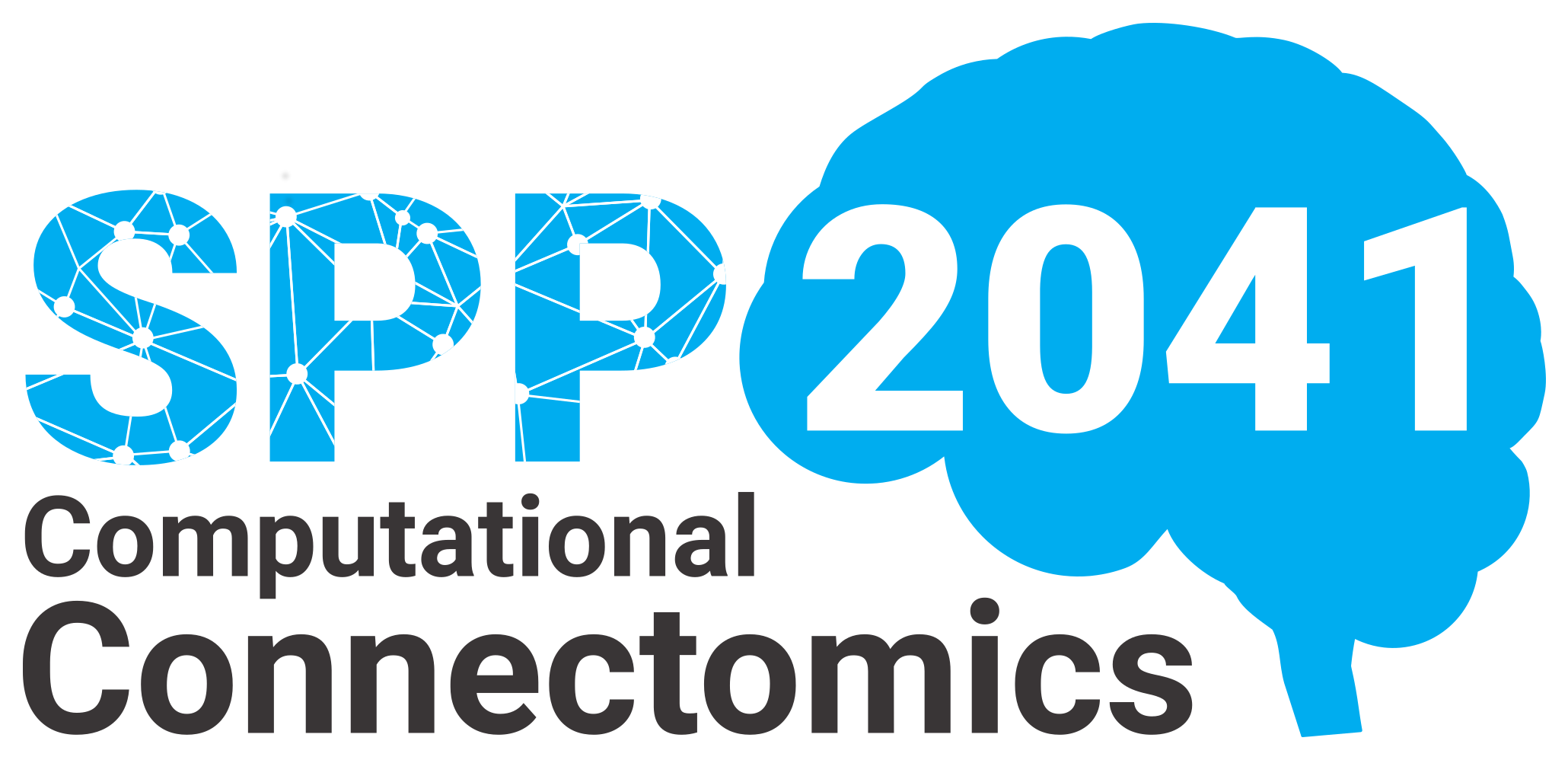Next Generation Connectomics: Laminar and Spectral Specificity
The human brain is a highly complex, but structured network. Interactions between brain regions are layer-specific and entail neuronal oscillations in different frequency ranges. Yet, current large-scale connectomics largely ignore these features and typically characterize brain networks as uniform connections between monolithic nodes. The central goal of this project is to overcome this limitation. We will develop and employ novel simultaneous ultra-high field MRI (9.4 T) and EEG to map the laminar connectome of the human brain and to link it to frequency specific neuronal activity. Based on this next-generation connectome, we aim to identify unifying computational principles of corticocortical interactions. In particular, we want to test the hypothesis that interactions between brain regions involve generic patterns of layer-specific interactions and frequency specific neuronal activity. In summary, this interdisciplinary project will employ a novel cutting-edge methodological approach to establish next generation connectomics of the human brain. This may provide fundamental new insights into the large-scale computational principles underlying human cognition and behavior.
Principal Investigators
Privatdozentin Dr. Gabriele Lohmann
Universitätsklinikum Tübingen
Radiologische Universitätsklinik
Abteilung Biomedizinische Magnetresonanz
Professor Dr. Klaus Scheffler, Ph.D.
Universitätsklinikum Tübingen
Radiologische Universitätsklinik
Abteilung Biomedizinische Magnetresonanz
Professor Dr. Markus Siegel
Eberhard Karls Universität Tübingen
Werner Reichardt-Centrum für integrative Neurowissenschaften (CIN)
